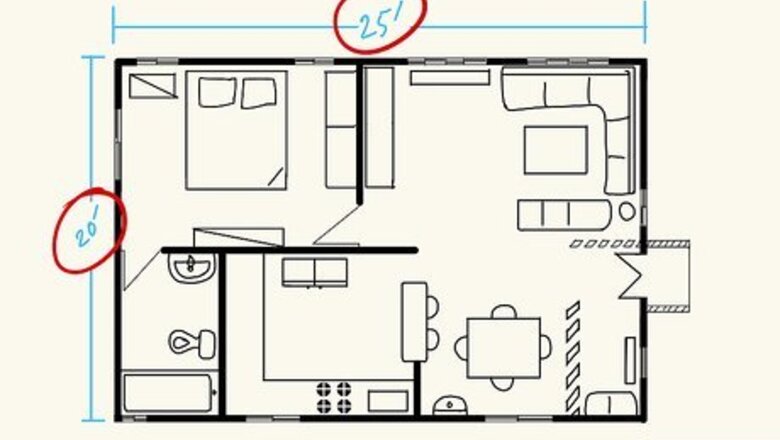
views
Getting a Mental Picture of Square Feet
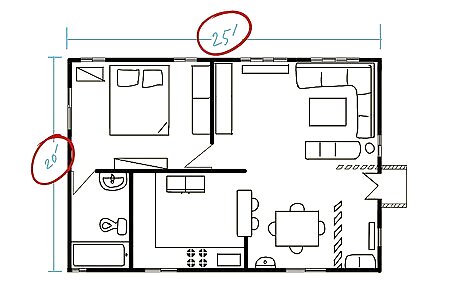
Picture a typical floor plan for 500 square feet. If you see an ad for an apartment, house, or land that's 500 square feet, this would be a relatively small space, but still have separate rooms. A 500 square foot home has a separate kitchen and dining room, a living room, a bedroom, and a bathroom. A closet is also usually included in a 500 square foot space. The dining room will be relatively small, while the kitchen and bedroom will be spacious. Not all 500 square feet spaces will be laid out in exactly this fashion, but this picture should give you a rough idea of how much space 500 square feet is.
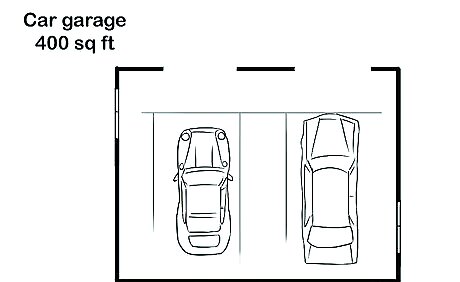
Picture 400 square feet as a two-car garage. A 400 square foot space will be roughly the size of a typical two-car garage. You can imagine the space being large enough to fit two cars with a small amount of wiggle room. When it comes to ads for apartments or homes, a 400 square foot place typically does have a separate kitchen and bedroom, but these rooms are often very small.
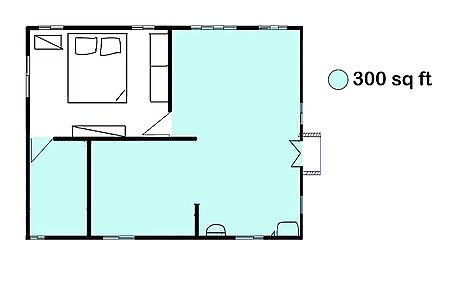
Subtract the size of a bedroom to imagine 300 square feet. Imagine a space of roughly 400 square feet. Then, subtract a space around the size of a small bedroom. This is a 300 square foot space. With an apartment of this size, you may have to do some clever maneuvering, like tucking your bed into a corner or using the same piece of furniture as both a table and a desk.

See 200 square feet as a one-car garage. A 200 square foot space is about the size of a one-car garage. In other words, the average car could fit into 200 square foot place with a small amount of wiggle room.

Imagine a space smaller than a bedroom for 100 square feet. A 100 square foot space is very small. It's generally smaller than the average bedroom. Usually, real estate listings advertising a space of 100 square feet or less are for rooms in a home rather than a home itself. It can also help to picture the average double mattress, which takes up about 27 square feet. This is about a third of 100 square feet.
Using Your Body to Measure Square Feet
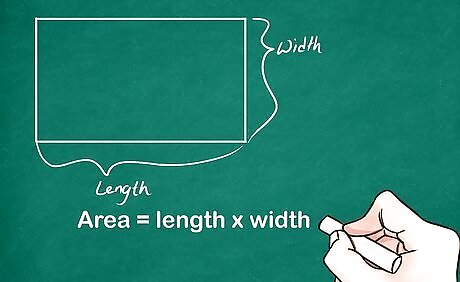
Multiply length and width to calculate square feet. It's important to understand what a square foot is so you can use your body to draw out an imaginary square foot. A square foot is basically a square that's 12 inches (30.5 cm) on each side. To measure the approximate square footage of a space, you measure the length and width of a space. Then, you multiply the numbers to get the total square feet. For example, a table that's 4 feet (122 cm) by 3 feet (91 cm) would be about 12 square feet. Rooms in odd shapes, however, often have special considerations to take. These calculations are to help you roughly picture or estimate square feet and shouldn't be used to give an exact value.
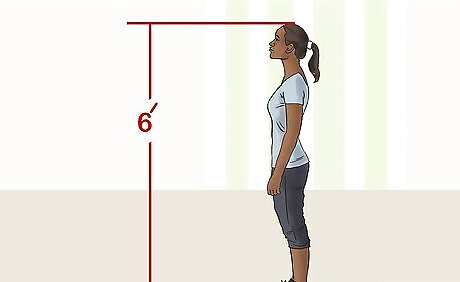
Use your height to visualize square feet. If you don't know the rough measurements of your hands, feet, and other body parts, you probably know your height. You can use your height to approximate square feet in a space. If you need to estimate your apartment's precise square feet, you can lie down against the walls to measure the length and width. For example, if you're six feet tall, and you can lie down twice along the shorter wall of your apartment, its width is 12 feet (3.7 m). If you can lie down four times along the longer portion, the length is 48. Multiply the numbers to get approximately 576 square feet.
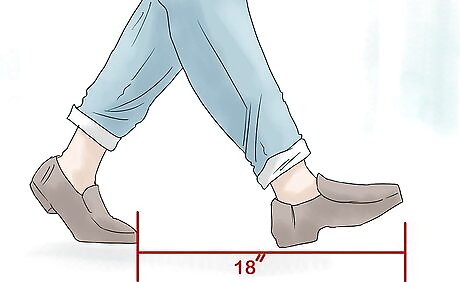
Measure your stride. You can also try measuring the space between steps in your stride. You can lay a measuring tape on the floor to get a sense of the length of your strides. If you're trying to measure room space, you can walk along the wall and see how many strides you can step to measure the length and width of a room. If you average about a foot between strides, and can make 15 strides along one wall and 12 along the other, the rough length and width of the room is 10 by 5. Multiple this to get 180 square feet.

Try measuring with your feet. A lot of people know the length of their foot off-hand. If you've ever had to measure your feet at a shoe-fitting, and remember their length, this can be used to picture or estimate square feet. Say you're buying an end table that will allegedly take up 3 square feet. You can't know the exact length and width, but for a rough idea of how much space the table will take, imagine a table that's 1.5 feet (0.5 m) wide and 1.5 feet long. If your feet are 9 inches (22.9 cm), that's about two of your feet for either side of the table.

Use your hand to measure smaller objects. If you're measuring very small objects, you can use your hand as a guide. If you know the rough measurement from the tips of your fingers to your palm, you can place your hand along the side of objects to get a sense of their rough square footage. If you're measuring an end table, for example, say you can fit three hands along one side and three hands along the other. Your hands are about six inches each, making the table 1.5 feet (0.5 m) by 1.5 feet. It takes up about 3 square feet of floor space.
Using Objects to Take Rough Measurements
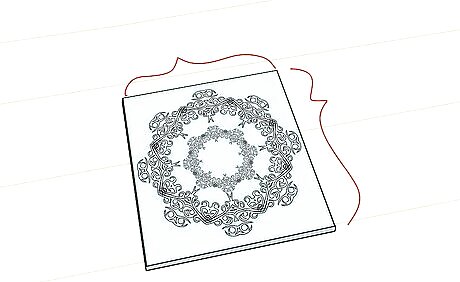
Use a floor tile. If you have a floor tile on hand, left over from something like renovating your home, see if you can figure out its measurements. If your floor tile is one square foot, you can use this to visualize square feet for homes and furniture. You can also just look at a 1 ft × 1 ft (0.30 m × 0.30 m) piece of paper, if you prefer. For example, a mattress is listed as 30 square feet. Place your tile on the floor and imagine 30 tiles spread out along the ground to get a sense of mattress's size.
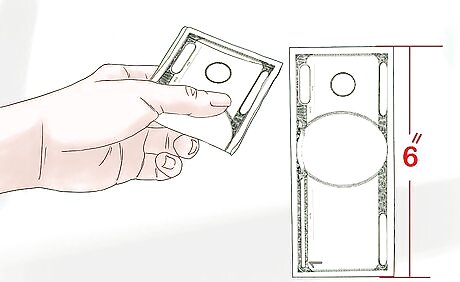
Measure space with a dollar bill. A standard dollar bill is about six inches long. If you're trying to gauge the square footage of a smaller object, you can measure with a dollar.
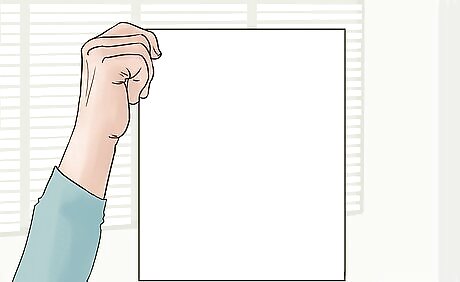
Use a piece of standard paper. Most pieces of paper are about 11 inches (28 cm) long. As this is roughly around a foot, you can use a paper to help get the rough length and width of something in feet. If about four pieces of paper fit along the long side of a table, you can estimate the table is a little under four feet long. Keep in mind, this is the standard length of paper in America. Lengths will vary by region and not all paper is exactly 11 inches long.


















Comments
0 comment